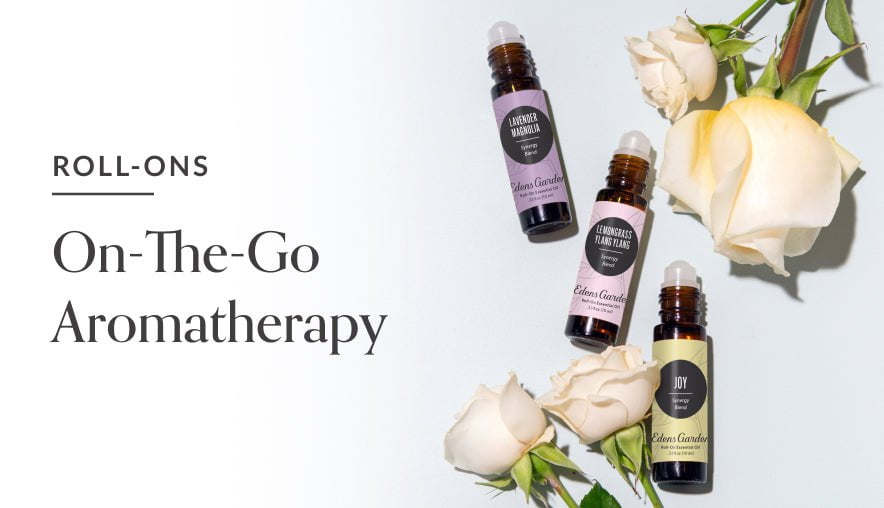AAA: How Do I Prevent Developing An Allergic Reaction to EOs?

This article was inspired by “Irritation and Allergy” by aromatherapist, Robert Tisserand.
Allergies can develop over time and last forever, so it’s of high-importance that EO-related allergies are avoided. We want to ensure your safety and that you can enjoy essential oils sans an adverse reaction. So don’t wait until it’s too late. Learn how to safely use your essential oils.
How exactly do essential oils cause allergic skin reactions? Essential oils contain haptens which, when applied to the skin, bind to proteins resulting in a larger molecule. This larger molecule is then carried to lymph nodes where t-lymphocytes create antibodies for it. The next time that same essential oil is applied to the skin, the immune system recognizes it and reacts in the form of an allergic reaction. Allergic skin reactions from essential oils are most often caused when the oil is applied to the skin, but can also occur due to airborne exposure and rarely occurs due to ingestion.
What can you do to prevent an allergic reaction? We suggest getting a skin patch test from a doctor or dermatologist. In a skin patch test, potential allergens are applied to the skin and covered with an occlusive. After 48 hours, a dermatologist will rate any signs of irritation caused by the substance, or lack thereof. It’s important to note that the results of skin patch tests can vary widely depending on the brand of patch test used. At-home skin patch tests can also be performed.
Dosage is the biggest factor in preventing allergic reactions of essential oils. Just as hydrogen peroxide can cause severe adverse skin reactions when undiluted but is safe to use topically at 3%, essential oils (though much less caustic than hydrogen peroxide) can be harmful to the skin when applied undiluted, but not when appropriately diluted. It’s important to keep in mind here that essential oils are highly potent substances and only a little is needed to be effective. One common cause of developing an allergy to essential oils is frequent undiluted use. Certain essential oils are also more sensitizing than others and have maximum recommended dilution rates. Cassia, for example, has one of the lowest recommended dilution rates of .05%. Following proper dilution guidelines are critical in preventing an allergic reaction.
Frequent use, even when diluted, can also result in an essential oil allergy or habituation. Aromatherapists, massage therapists, and long-time aromatherapy users are therefore more susceptible to an EO allergy than someone new to essential oils. Those mature in age who have had much exposure to essential oils, fragrance compounds, and scented products throughout their life are also likely to develop adverse skin reactions from EOs. Though it’s an uncommon cause of EO allergy, this can be avoided by alternating between oils and reducing the duration you use them.
Good quality oils are also necessary for preventing an EO allergy. Oxidized and expired oils are some of the biggest contributors to adverse skin reactions in aromatherapy. To keep your oils from oxidizing, be sure to follow EO storage guidelines. You can also add an antioxidant to your essential oil to double its shelf life. For example, add .5 - 1.5% mixed tocopherols to your EO upon opening it. Adulterated oils containing synthetic fragrance compounds can also cause irritation and skin allergies.
If you’ve developed an allergy or skin irritation to an essential oil, be sure to wash the area where the oils have been applied with an unscented soap and water. Then let the skin dry or put dry oatmeal in a clean sock, tie the sock closed and soak in warm water. Apply the sock to the area of irritation for 10-15 minutes. Be sure to consult your doctor if the skin condition does not improve. It is then best to avoid that oil and any oils that contain similar components. For some, their allergy to an essential oil may eventually cease, but only time will tell.



Kimberleigh
March 7, 2022 at 8:11 am
This is true. I developed a severe contact allergy to vanilla…of all things…it’s my most favorite scent/EO of all and I’d add it to EVERYTHING. I wasn’t sure what was causing the very nasty irritation and horrible rash I experienced on my skin at first because I hadn’t changed anything, but eventually, I started isolating things and realized it was vanilla, and boy, I can’t even express how sad I am about this! VANILLA! One of the most gentle oils. Even the tiniest bit in a blend now, when applied to my skin, provokes a horrible rash that lasts for many days, or even weeks. :(